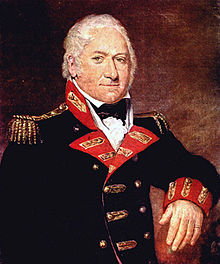- Joined
- Sep 10, 2020
- Messages
- 855
- Reaction score
- 956
Cannons were often loaded with a projectile made to explode on impact. How were these projectiles fused? How was time delay determined?

| Henry Shrapnel | |
|---|---|

| |
| Born | 3 June 1761 Bradford on Avon, Wiltshire, England |
| Died | 13 March 1842 (aged 80) Southampton, England |
For those who don't know, 'VT' is a variable-timed fuse, otherwise what really is a proximity fuse. The VT moniker, as it was then called in WW2 as part of the deception, whereas all Nations where chasing this technology. The combat effectiveness when used in AA shells or land-based artillery was immediate, destructive and demoralizing to enemies.Mechanical timed and impact fuses were the norm until the last 6 months of WWII. At that point, it was judged safe to release VT fuses ...
GunBroker.Senior moment what is GB?
Cannons were often loaded with a projectile made to explode on impact. How were these projectiles fused? How was time delay determined?
Yeah it is why they lost the war. Gettysburg would've turned out differently if the fuses had detonated above and not behind the union line.Check the book “Artillery and Ammunition of the Civil War” for a good explanation of fused projectiles in use at the time. I have read that the Confederates had a hard time producing reliable fuses.
I used to make my own firework using the cardboard containers that machine tooling came in by stuffing them with powder and titanium chips, sealing them up and sticking a piece of fuse through a predrilled hole. I'd frey up the end of the fuse a bit to help with ignition and drop them in one of my cannon barrels pointed near vertical, the charge never failed to ignite the fuse. This from a guy with no experience in the field of pyrotechnics, I think the fellows back then did pretty much the same thing, of course with much more precision.
Robby
Enter your email address to join: